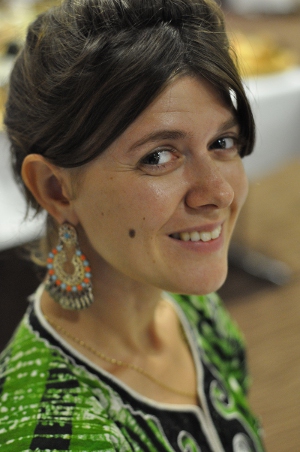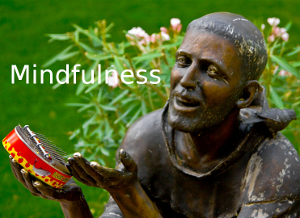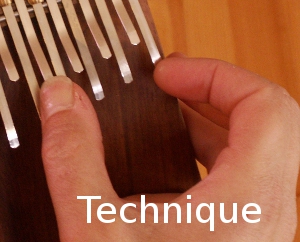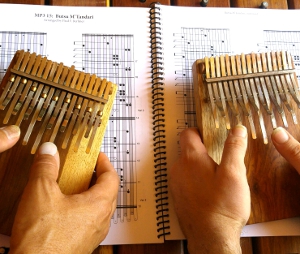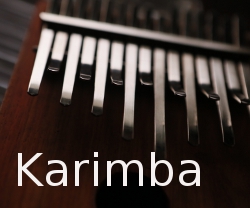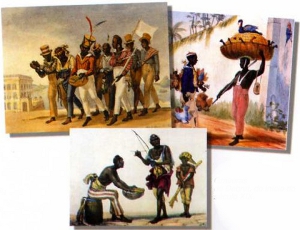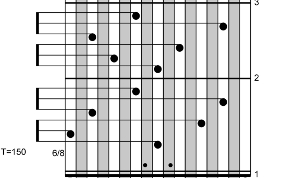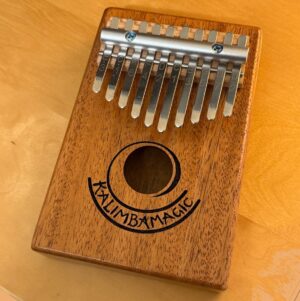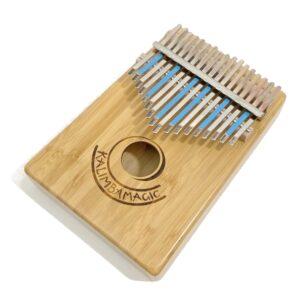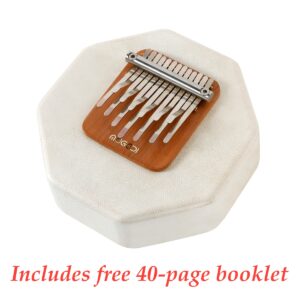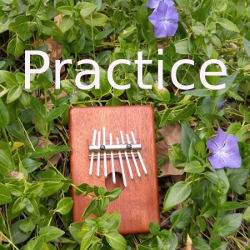
Practice TIP: Experiment with Changing Volume Levels
Playing strong can help you learn; playing softly can help you discover the “feel” of the music Don’t you hate all those internet ads that start with “Try this one weird trick” and then promise that if you do, it will change your life in a profound way? Well, I have something for you that may seem like a weird trick, but it is really a great little tool that indeed has had a profound effect on my own kalimba, karimba, and mbira playing. People tend to play kalimba music with every note at the same volume level. But I can point to three big benefits you can get from
